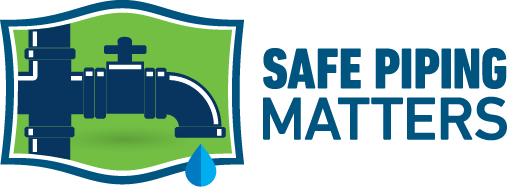Top Piping Safety Researcher Urges Awareness & Action on Post-Wildfire Water Contamination
When wildfires rage through areas with plastic water infrastructure, populations lose access to clean drinking water due to toxic contaminants that leach from the melted pipes. In recent years, wildfires such as the Tubbs Fire (2017) in Santa Rosa and the Camp Fire (2018) in Paradise, California, have demonstrated the severity of post-wildfire water contamination. In these events, melted plastic water networks contaminated the water supplies with benzene and other volatile organic compounds.
According to Dr. Andrew Whelton, an Associate Professor at Purdue University and a pioneer in research on the effects of piping materials on human health, policy makers have not learned from these incidents – and are not doing enough.
Tragic wildfires again struck California in August of 2020, and again melted plastic pipes contaminated drinking water supplies in the wake of a disaster that had already left communities devastated. The CZU Lightning Complex Fire in Santa Cruz County has left seven and a half miles of polyethylene plastic pipe completely melted, leaving residents with water that could be unsafe to drink for months.
Whelton further criticized officials for compounding these mistakes in their failure to immediately address water concerns after the pipe melted, wrongly recommending that survivors bathe in the water despite the high risk of potential contamination. Read what Whelton has to say about water contamination preparedness in wildfire-vulnerable areas, and about the errors made by officials in the wake of this tragedy:
